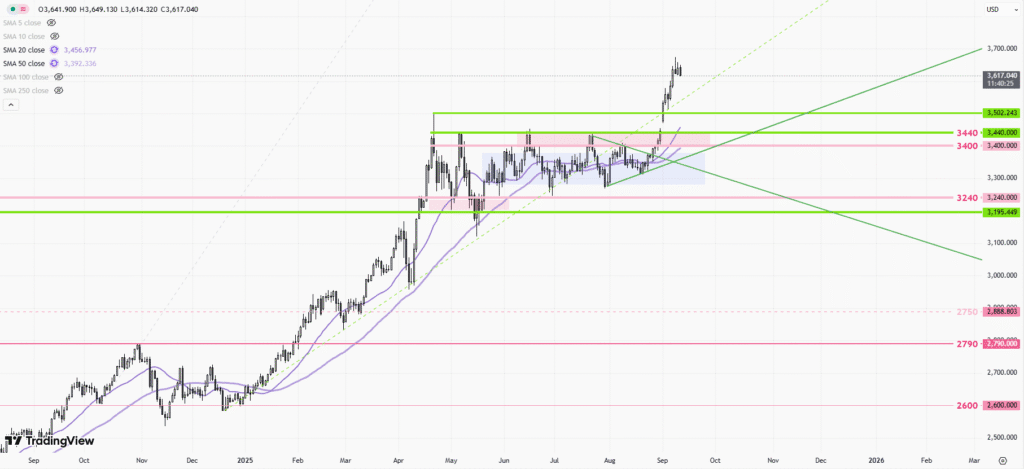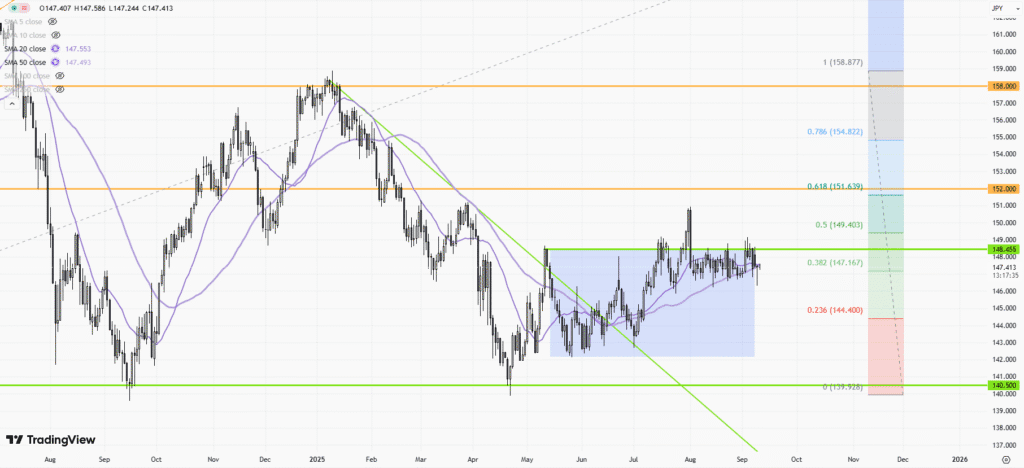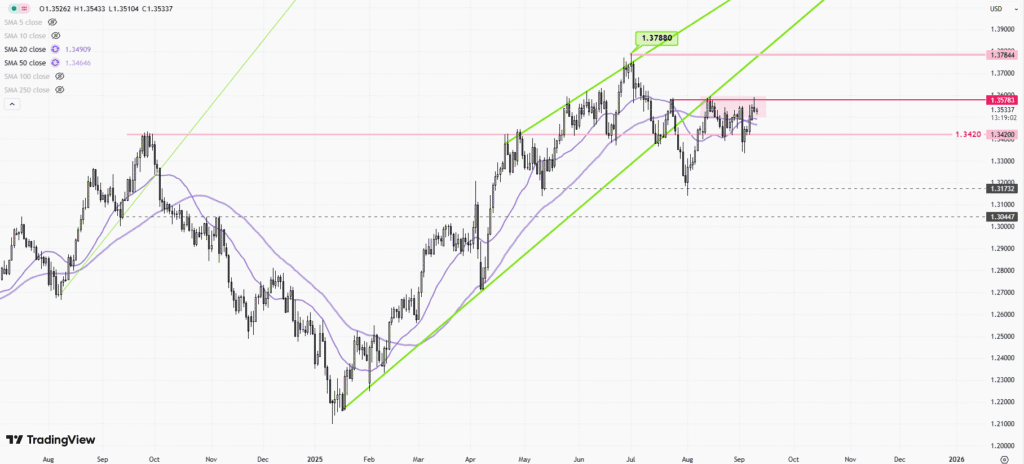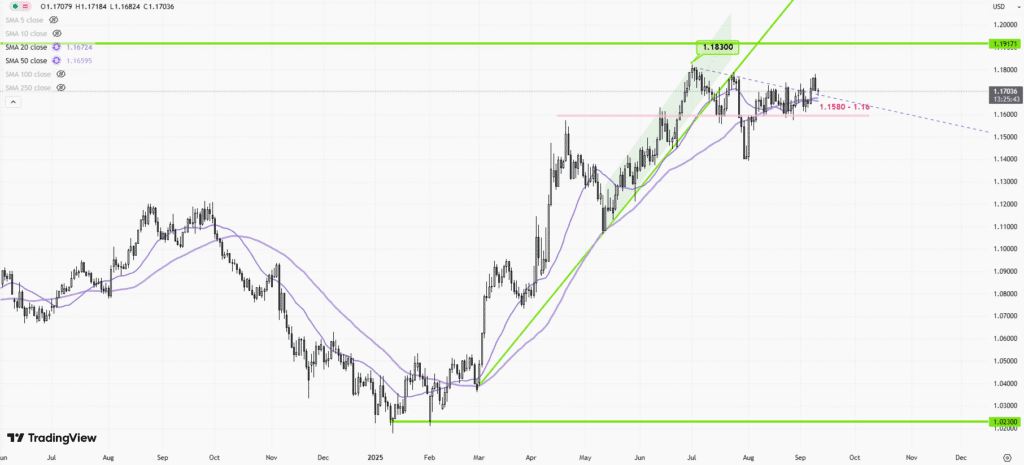 |
| Gold V.1.3.1 signal Telegram Channel (English) |

Gold Surges Toward $4,000 Per Ounce: Key Drivers, Technical Analysis, and Forecasts for 2025
2025-10-02 @ 01:01
Gold continues its remarkable bull run, recently testing the critical $4,000 per ounce threshold as market uncertainties deepen. The momentum in gold prices has captivated investors and analysts alike, driven by a confluence of macroeconomic factors, fiscal instability, and central bank policy ambiguity.
Recent Market Dynamics
September saw gold surge dramatically, climbing from around $3,600 to almost $3,850 per ounce. This rally reflects escalating demand as investors seek refuge amid growing economic turbulence and tightening monetary conditions. Central banks, particularly across emerging markets, have ramped up gold purchases, bolstering overall demand and helping to underpin prices as the Federal Reserve signals uncertainty about its policy direction.
Short-Term Forecast and Technical Analysis
Current technical indicators remain strongly bullish, with moving averages and momentum oscillators highlighting persistent buying pressure. Price action reveals gold trading within a well-defined bullish channel. While a short-term correction is possible — potentially testing support near $3,845 — forecasts point to a swift rebound, with targets set above $3,955 if support holds. However, should prices dip below $3,805, this would negate the positive outlook and could trigger a decline toward $3,735, signaling a breakdown in trend.
Short-term sentiment also remains upbeat, supported by robust trading volumes and an 80% ratio of “green days” in recent market sessions. The 14-day Relative Strength Index (RSI) currently stands in bullish territory, suggesting further upward momentum unless a significant reversal occurs.
Medium to Long-Term Outlook
Looking further ahead, analysts predict that gold could extend its gains, potentially reaching or surpassing $4,259 to $4,310 by the end of October and through the year’s final quarter. This projection implies returns approaching 28-29% for those entering positions now and holding through December, making gold an attractive hedge against ongoing market volatility.
Over the next five years, forecasts diverge widely, reflecting uncertainty about the broader economic environment and the pace of global recovery. While some analysts suggest gold could stabilize between $2,500 and $3,700, more aggressive models outline a trajectory toward $8,000 per ounce by 2028, underpinned by supply constraints and sustained central bank demand.
Drivers Behind Gold’s Rally
Several key factors continue to support gold’s positive outlook:
- Central Bank Buying: Heightened accumulation by central banks, especially in Asia and the Middle East, is reinforcing gold’s role as a strategic reserve asset.
- Geopolitical Uncertainty: Escalating trade tensions and political risk remain prominent, increasing gold’s appeal as a defensive play.
- Economic Policy Ambiguity: As the Federal Reserve and other major central banks grapple with persistent inflationary pressures and shaky growth, gold stands out for its relative stability.
- Market Volatility: Recent swings in equity markets, coupled with liquidity concerns, are prompting investors to diversify into precious metals.
Risks and Correction Scenarios
Despite the strong rally, investors should remain vigilant for potential corrections. If gold decisively breaks below key support levels, especially in the $3,800 to $3,805 range, a further decline could ensue. Such a scenario would likely be triggered by unexpectedly hawkish monetary policy shifts, stronger-than-expected economic data, or sudden risk-on sentiment in broader markets.
Key Strategies for Investors
- Short-Term Traders: Monitor technical indicators closely and consider tactical entries on dips near support levels. Be prepared to exit positions if bearish signals intensify.
- Long-Term Investors: The case for accumulating gold remains strong amid current macroeconomic trends. Dollar-cost averaging and holding through volatility may maximize return potential as fundamentals remain robust.
Conclusion
Gold’s test of the $4,000 barrier underscores its resilience as a safe haven amid growing market uncertainty. With technical and fundamental indicators mostly supporting the bullish narrative, the precious metal could see further upside if macro risks persist and central bank buying holds steady. While corrections and volatility are inevitable, gold’s current trajectory — both in the short and long term — offers compelling risk-adjusted opportunities for portfolio diversification and wealth protection. Investors should stay attuned to technical levels and policy signals, adjusting strategies as market conditions evolve.








